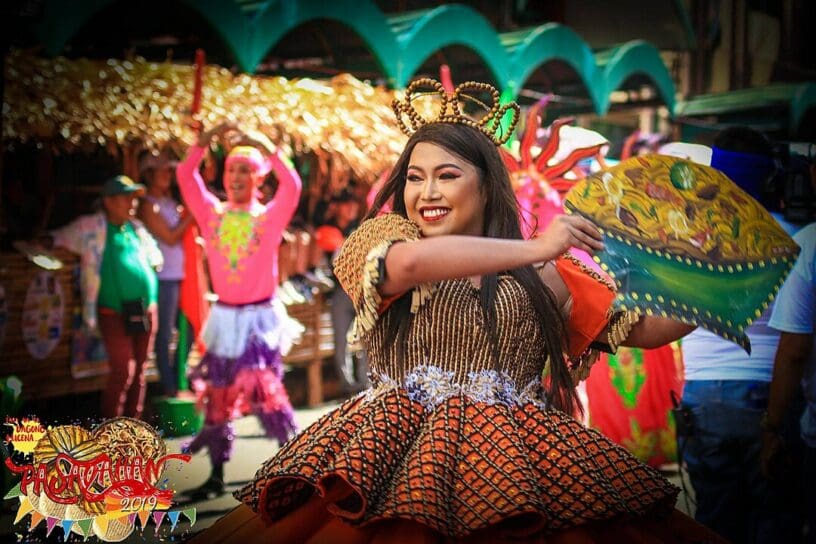15 Typically Filipino Traditions and Customs
Originally published by Diana C in July 2023, Updated by Diana C in February 2024
The Southeast Asian nation of the Philippines is well-known for its cultural diversity and welcoming people. The traditions and practices of the Filipino people, which have been passed down through the years, are highly valued. The distinctive fusion of indigenous, Malay, Spanish, and American cultures that have influenced Filipino culture is reflected in these traditions. This article will examine 15 distinctively Filipino practices that highlight the nation’s rich cultural heritage.
1. Bayanihan: Spirit of cooperation
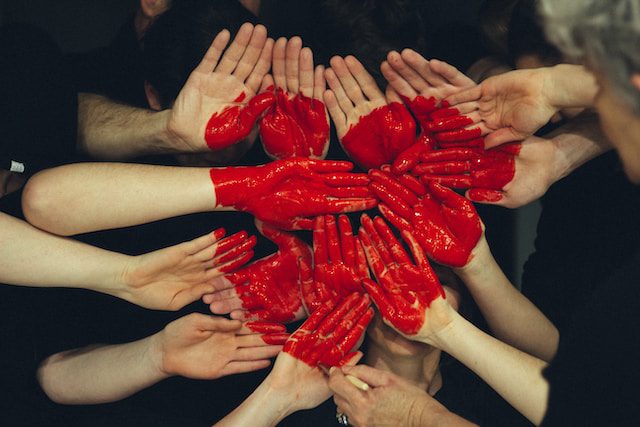
Photo by Tim Marshall on Unsplash
The Filipino spirit of cooperation and communal harmony is known as bayanihan. It alludes to the custom of assisting one’s neighbors in difficult circumstances, like during home construction or a move. It typifies the Filipinos’ strong sense of belonging to their community and their eagerness to help those in need. A long-standing custom in the Philippines is bayanihan. It is thought to have started during the pre-colonial period, when people gathered to assist one another in building their homes and villages.
2. Respect for Elders
Filipinos place a high value on filial piety and have a deep respect for their elders. Youngsters are encouraged to respect elder family members and ask for their advice. The “pagmamano” gesture, in which a younger person takes an elder’s hand and touches it to their forehead respectfully, is one example of how this regard is shown.
Click to read the 10 Singapore traditions and customs you should know about
3. Pasahayan : Street party
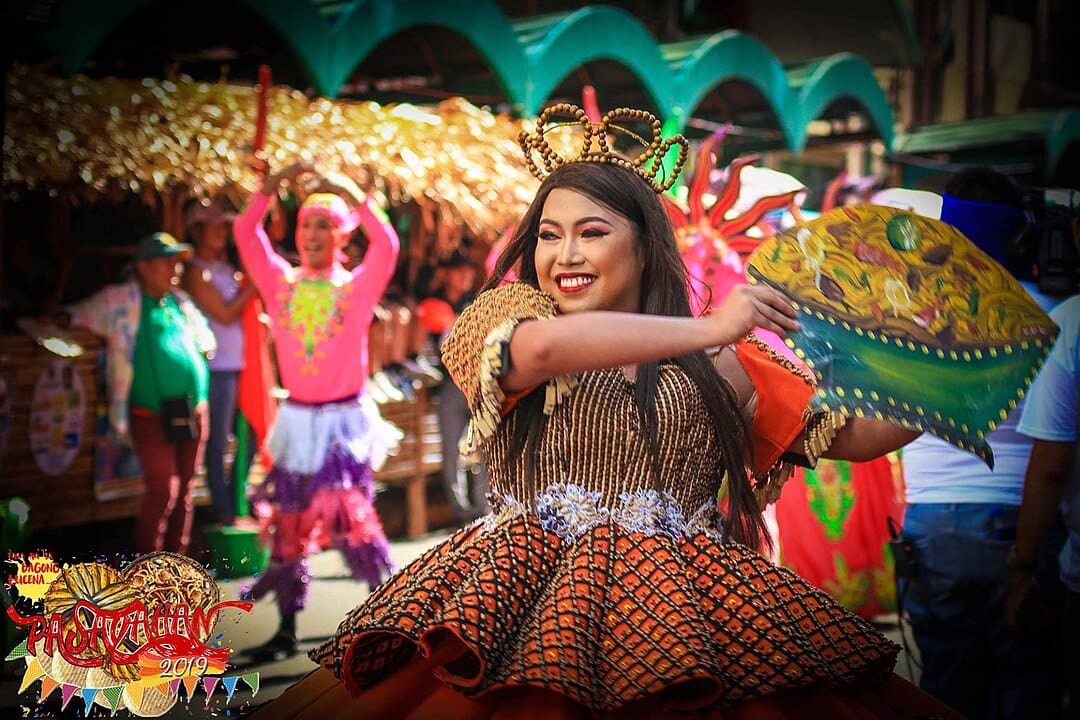
https://www.facebook.com/PasayahanSaLucenaOfficialPage/photos, CC BY-SA 4.0, via Wikimedia Commons
The Philippines frequently has a particular style of street celebration called pasayahan. It is a time for celebration and for people to gather together. Live music, dancing, food, and entertainment are generally included in pasayahan. People of all ages take pleasure in the festive and joyful occasion.
The Filipino word “saya,” which signifies “happy” or “joy,” is the root of the English term “pasayahan.” A religious festival, a regional holiday, a birthday, or other significant event is frequently commemorated with a pasayahan. It may also be conducted purely for fun and to celebrate life. The common location for pasayahan is a public area like a street, park, or beach.
4. Simbang Gabi
In the Philippines, there are a total of nine Masses held in the nine days before Christmas. The Spanish terms “simbang” (to go to Mass) and “gabi” are the origin of the name “Simbang Gabi” (night). Simbang Gabi is a custom that dates back to the 16th century, when Spanish missionaries introduced the Catholic religion to the Philippines. The early morning Masses were initially held so that farmers may attend before heading to work. Nowadays, Filipinos of all ages enjoy the custom of Simbang Gabi.
5. Pakikisama: Fellowship
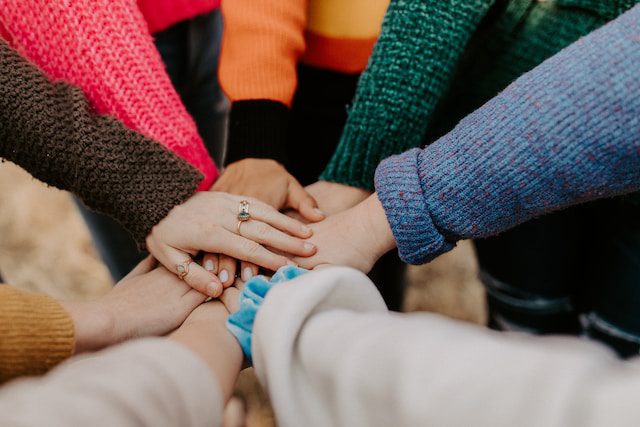
Photo by Hannah Busing on Unsplash
Filipino culture values cooperating with others and being a part of a community. People participating in neighborhood gatherings or activities are frequent examples of it. Sama (to accompany) and paki (to go) are Tagalog words that combine to form the term “pakikisama” (to ask). Its precise meaning is “to go with someone” or “to ask someone to go with you.” It now refers to getting along with others and being a member of a community, nonetheless, in Filipino culture. Being a value that encourages cooperation and unity, pakikisama is significant in Filipino culture. It is regarded as a means to establish trusting bonds with people and demonstrate respect for them.
6. Pagmamano, touching the elder’s hand
This is an indication of respect towards seniors. A younger person will place their right hand on an elder’s right hand while greeting them, touching their forehead to the elder’s palm. Younger individuals might express their gratitude to their elders for their advice and assistance by doing this. Pagmamano is frequently used to welcome elders, such as when entering their homes or asking for their blessing. It can also be used to express thankfulness or make an apology request.
These are the 10 unique and popular German traditions
7. The Tsinelas Race
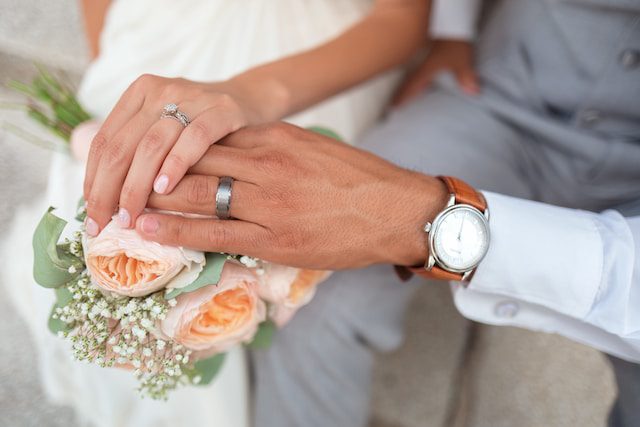
Photo by Drew Coffman on Unsplash
This kind of game is popular during weddings. The bride needs to run to fetch the groom’s shoes, which are left at the end of the aisle. It is thought to bring the couple good fortune. The game is considered to have had its beginnings in the Philippines during the time of Spanish colonization. The game is a means for the bride to express her enthusiasm to begin her new life with her husband. A fun and lighthearted way to infuse some tradition into a Filipino wedding is through the Tsinelas Race.
8. Noche buena: Filipino Christmas Eve Celebration
The Filipino Christmas Eve celebration is known as Noche Buena. Families get together during this time to enjoy a special supper. Lechon, ham, pancit, lumpia, and fruits are some of the classic dishes served at the Noche Buena feast. Filipinos celebrate the birth of Jesus Christ during this time. Families use the opportunity to reconnect and spend quality time together. Filipinos can celebrate their culture and heritage with their loved ones by hosting a Noche Buena feast.
9. Araw ng mga Patay: The Filipino All Saints’ Day
It is a moment to honor and pay tribute to departed loved ones. The event takes place on November 1st. Although Araw ng mga Patay is a Catholic feast, it also has pre-colonial Filipino beliefs at its foundation. Filipinos visit and tidy up their loved ones’ graves on this day. People also leave gifts to the graves, such as flowers and food. People also keep vigils at the graves of their loved ones in several areas of the Philippines. They solicit the blessings of their deceased loved ones and pray for their souls.
10. Pahiyas Festival
A vibrant festival called the Pahiyas Festival is held every year in Lucban, Quezon. It takes place on May 15th and is a celebration of the abundant harvest. Use of colorful decorations fashioned from rice, vegetables, and other agricultural goods is common. The celebration showcases the Filipinos’ appreciation for a fruitful harvest and their inventiveness in displaying their bounty. A cooking competition, a beauty pageant, and a street procession are some of the additional festival festivities.
Check out these 15 unique traditions and customs from Pakistan
11. Barrio fiesta the neighborhood party
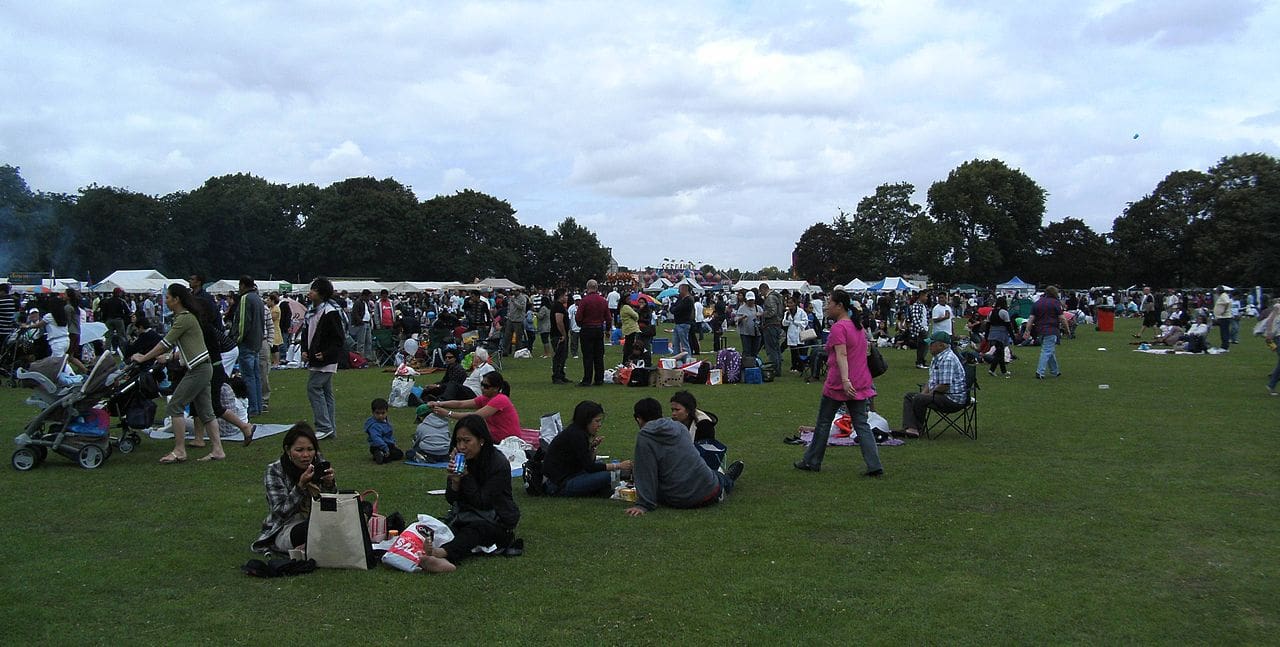
KTo288, CC BY-SA 3.0, via Wikimedia Commons
Filipinos refer to a neighborhood celebration as a “barrios fiesta.” It is a time when people join together to celebrate, usually in honor of a special occasion or a patron saint. Barrio fiestas frequently take place outside, complete with food, music, and dancing. Barrio fiestas are an occasion for residents to come together and celebrate their culture. They are also a chance for people to unwind and enjoy themselves. People of all ages take part in the well-known Philippine tradition of barrios fiestas.
12. Kamayan Feast
In Filipino, the word “by hand” is referred to as kamayan. Food is served on banana leaves and is consumed communally while using one’s hands. In order to commemorate important events like fiestas, marriages, and birthdays, kamayan feasts are conducted. Typically, a variety of Filipino cuisine, including lechon (roasted pig), adobo (chicken or pork in a soy sauce and vinegar sauce), and sinigang, are offered at Kamayan feasts (sour soup). Banana leaves, a typical Filipino food container, are used to serve the dish.
13. Boodle fight the communal food feast
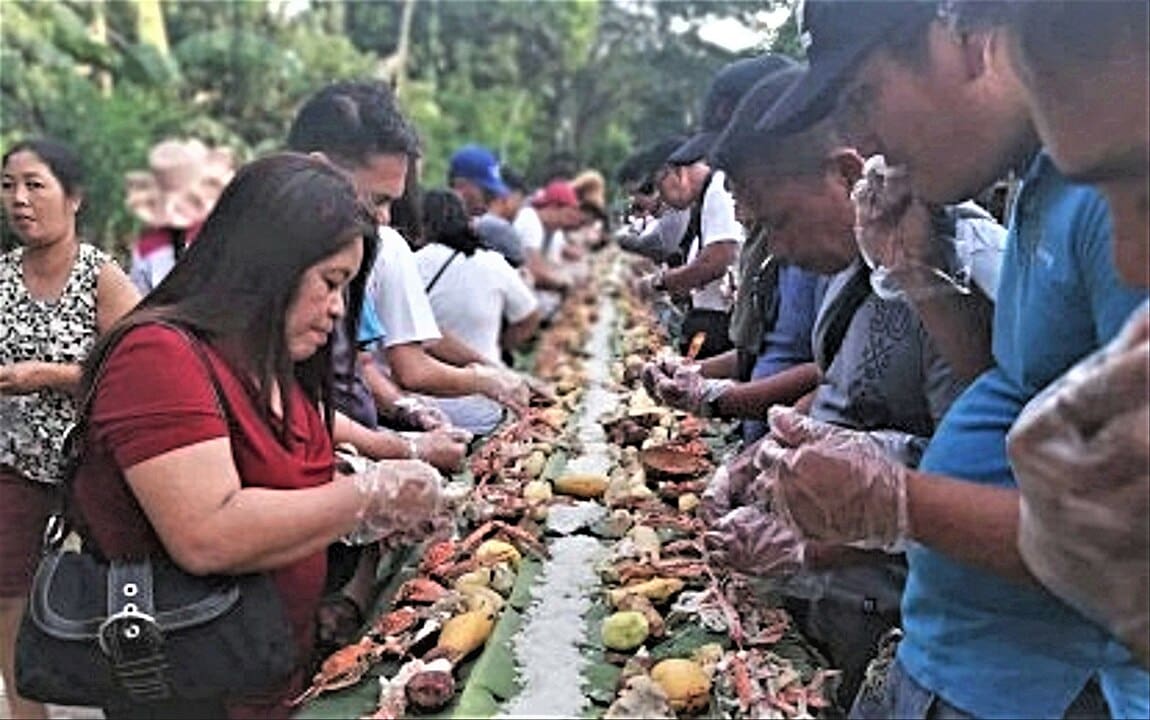
Connie Calipay[4], CC BY 3.0, via Wikimedia Commons
14. Throwing rice at newly-weds
Popular in the Philippines is the custom of throwing rice towards newlyweds as they leave the church. As rice is a symbol of richness and success, it is thought to bring the couple luck. The custom is believed to have started in China, where rice was revered as a fertility symbol.
Chinese immigrants took the custom to the Philippines, where it quickly gained popularity as a means to honor newlyweds. Nowadays, Filipino weddings frequently involve the flinging of rice at newlyweds. The couple’s friends and family typically throw the rice, and it is frequently accompanied by shouts and well wishes.
Find out more about the 10 unique Russian traditions and customs
15. The delicious lechon
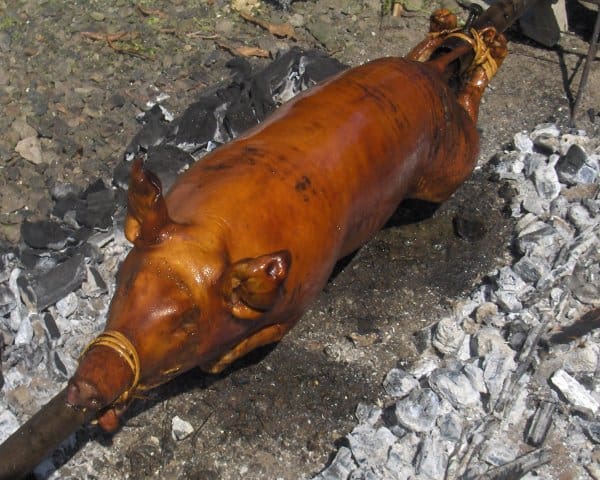
Arcade at en.wikipedia, Public domain, via Wikimedia Commons
A common dish in the Philippines is lechon, which is roasted pig. It is frequently offered at celebratory events like weddings and birthdays. Lechon often has a smokey flavor because it is grilled over an open flame. The skin is left on as the pig is roasted entirely. The meat is juicy and tender, and the skin turns golden and crispy. A dipping sauce composed of vinegar, soy sauce, and garlic is frequently served with lechon. It may also be eaten with veggies or rice. Everybody visiting the Philippines must try lechon, a tasty and well-known delicacy.
The aforementioned traditions and rituals of the Filipino people provide a glimpse into their lively culture and ideals. The Filipinos’ strong feeling of community, regard for their elders, and love of their cultural history are reflected in these customs. These customs bear witness to the resilient character of the Filipino people and their dedication to maintaining their unique cultural identity as the nation develops. Let us explore 20 remarkable facts about Filipino people.
Top 20 Remarkable Facts about Filipino People
Welcome to a fascinating exploration of the Filipino spirit! In this article, we embark on a journey through the heart and soul of the Filipino people, uncovering 20 remarkable facts that define their essence. From their unwavering resilience to their deep-rooted cultural traditions, Filipinos have captured the world’s attention with their warmth, passion, and indomitable spirit. Beyond the stunning landscapes and historical landmarks lies the heart of the Philippines: its people.
1. Filipinos are predominantly Christians

Photo by Aaron Burden on Unsplash
The Philippines stands out as the only predominantly Christian nation in Asia, boasting over 80% of its population identifying as Catholic. This deep-rooted faith, introduced by Spanish colonizers in the 16th century, has become deeply entwined with Filipino culture. Religious practices are integrated into everyday life, with church plays known as “sinakulo” re-enacting the Passion of Christ, and “Santo Niño” (Christ Child) statues adorning homes and businesses. The faith offers Filipinos a sense of comfort, hope, and guidance, shaping their values, morals, and social fabric.
2. They are multilingual
Filipinos are adept at navigating the complexities of language, showcasing their remarkable adaptability and openness to cultural influences. Filipino, a standardized version of Tagalog, and English serve as the official languages, facilitating communication across the archipelago. However, over 170 indigenous languages and dialects thrive across different regions, enriching the linguistic landscape. This multilingualism reflects the diverse history of the Philippines, which has been influenced by Spanish, American, and other Asian cultures.
3. Among Filipinos family is the bedrock of the society

Photo by Jessica Rockowitz on Unsplash
Family forms the cornerstone of Filipino society, fostering a strong sense of community and belonging. The concept of “pakikisama” (getting along with others) emphasizes respect for elders, unwavering support for loved ones, and a sense of collective responsibility. Filipinos prioritize family gatherings, celebrations, and traditions, maintaining strong bonds even across continents through overseas work. This tight-knit family structure provides a crucial support system, a source of strength, and a source of cultural transmission through generations.
4. They have a resilient spirit
The Filipino spirit epitomizes resilience. Throughout history, Filipinos have endured numerous challenges: colonization by Spain and the United States, devastating natural disasters like typhoons and earthquakes, and economic hardship. Each challenge has shaped their character, fostering a spirit of “bayanihan” (community spirit) and “diskarte” (resourcefulness). Filipinos are known for their ability to overcome adversity through hard work, optimism, and unwavering faith, emerging stronger and more united after each hardship.
5. They are lovers of Arts
Filipinos possess an innate passion for the arts, with diverse forms of artistic expression deeply ingrained in their culture. From the soulful melodies of kundiman music, which often tell stories of love and longing, to the vibrant colors and storytelling dance forms like tinikling and the Ati-Atihan festival, Filipinos find joy and express themselves through artistic mediums. This love for the arts adds a layer of vibrancy and richness to everyday life, creating a unique cultural tapestry.
6. Filipinos are known for their strong work ethic and entrepreneurial spirit

Photo by Tierra Mallorca on Unsplash
This is evident in their remarkable contributions to the global workforce, with many Filipinos venturing beyond their borders to seek opportunities and send remittances back home. Their dedication and resilience have propelled many to success stories, both personal and professional. This drive and entrepreneurial spirit not only provide for their families but also contribute to the economic development of the Philippines, showcasing the Filipinos’ ability to adapt and thrive in diverse environments.
7. Filipino cuisine is a delightful fusion of flavors
Freshly sourced ingredients, bold spices like turmeric and ginger, and unique cooking techniques like “adobo” (marination in vinegar, soy sauce, and garlic) and “lechon” (roasted whole pig) come together to create iconic dishes like adobo, sinigang (sour soup), and kare-kare (peanut stew). This vibrant cuisine, with its distinctive flavors and aromas, offers a culinary adventure for every palate and celebrates the Filipino people’s resourcefulness and ingenuity in utilizing local ingredients to create delicious and satisfying meals.
8. They love karaoke

Photo by Brandi Alexandra on Unsplash
Filipinos embrace karaoke with unparalleled enthusiasm, transforming it from mere entertainment into a social phenomenon. This beloved pastime transcends generations, bringing people together in restaurants, bars, and even homes for evenings filled with laughter, camaraderie, and shared passion for music. Karaoke fosters a sense of community, allowing individuals to express themselves, showcase their talents, and connect with others through a shared love for singing. Filipinos’ infectious enthusiasm and natural musicality make karaoke sessions a truly unique and vibrant cultural experience.
9. Filipinos are renowned for their warmth, hospitality, and respect for others
A friendly “Mabuhay!” (meaning “Welcome!”) often greets strangers, reflecting their genuine openness and willingness to connect with others. This inherent hospitality extends from welcoming tourists with open arms to readily offering assistance to those in need. This genuine warmth and respect create a welcoming atmosphere for visitors and contribute to the strong sense of community that Filipinos are known for.
10. Filipinos hold a deep love for festivals
They transform them into vibrant celebrations of culture, history, and faith. Throughout the year, various regions erupt in colorful parades, lively music, and elaborate costumes during iconic festivals like the Sinulog in Cebu, Ati-Atihan in Kalibo, and Dinagyang in Iloilo. These festivals not only showcase the diverse cultural heritage of different regions but also serve as a platform for community building, artistic expression, and fostering a sense of national pride.
11. Christmas holds a special place in the hearts of Filipinos

Photo by Donna Spearman on Unsplash
Starting in September with the “Simbang Gabi” (dawn masses) leading up to Christmas Eve, Filipinos embrace traditions like elaborate nativity scenes (“belens”), caroling events known as “caroling”, and dazzling light displays known as “parols”. This extended Christmas season reflects the deep-rooted Catholic faith of Filipinos and serves as a time for families and communities to come together, celebrate, and share the joy of the season.
12. Filipinos are a force to be reckoned with in the world of beauty pageants
Their dedication to self-improvement, captivating beauty, and national pride have secured numerous wins in prestigious competitions like Miss Universe and Miss World. These victories bring immense national pride, showcasing the beauty and talent of Filipinos on the global stage. Filipinos participating in these pageants often advocate for various social causes, inspiring others and using their platforms to create positive change.
13. They are a nation of sports fans

Photo by Markus Spiske on Unsplash
Filipinos are passionate about various sports, with basketball and boxing holding a special place in their hearts. Basketball courts are ubiquitous in communities, fostering a love for the game from a young age. Filipino boxers like Manny Pacquiao and Nonito Donaire have become national heroes, uniting the entire country in their victories and inspiring the next generation of athletes. This collective enthusiasm for sports not only provides a source of entertainment and national pride but also fosters a sense of community and shared experience.
14. Filipinos are known for their dedication and strong work ethic
They readily go above and beyond expectations. This dedication extends from their professional lives to their personal endeavors, showcasing their commitment to excellence. Filipinos often face challenges with a positive attitude and a willingness to go the extra mile, earning the admiration of their colleagues and employers. This work ethic has contributed significantly to the success of the Filipino diaspora, with numerous Filipinos excelling in various fields around the world.
15. They are resourceful and creative
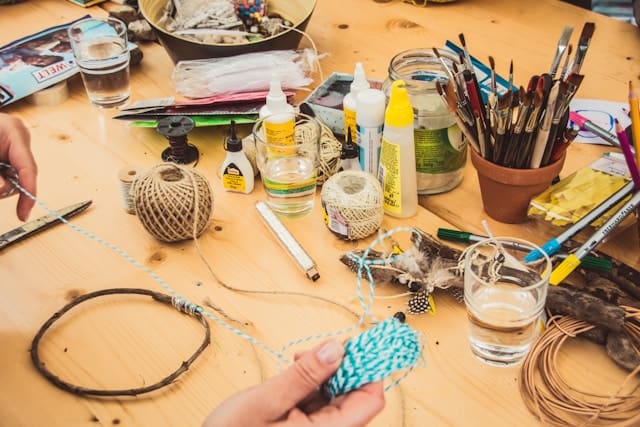
Photo by Jasmin Schreiber on Unsplash
Filipinos possess a remarkable ability to find solutions with limited resources, demonstrating their “diskarte” (resourcefulness) and adaptability. This ingenuity shines through in various aspects of life, from crafting unique solutions to everyday challenges like utilizing recycled materials for DIY projects to adapting to new situations with a positive and innovative mindset. This resourcefulness and creativity are not only essential for overcoming everyday challenges but also contribute to the development of innovative solutions and unique cultural expressions.
16. Filipinos have overcome countless obstacles throughout history, forging a spirit of resilience and adaptability
From natural disasters like typhoons and earthquakes to economic hardships and political turmoil, Filipinos have a remarkable ability to bounce back from setbacks and rebuild their lives. This resilience is rooted in their strong sense of community, unwavering faith, and “bayanihan” (community spirit) that fosters collective action and support during challenging times. Filipinos emerge from each challenge stronger, more united, and ready to face the future with optimism.
17. Filipinos share a strong sense of community and support
This has fostered a sense of belonging and collective well-being. This sense of community extends beyond geographical boundaries, uniting Filipinos both within the Philippines and across the globe. The concept of “kapwa” (shared humanity) emphasizes the importance of helping others and prioritizing the collective good.
This spirit of community is evident in Filipino traditions of “bayanihan” (community spirit) where individuals come together to help one another during times of need, and “palasuhan” (reciprocity) where favors are exchanged and debts of gratitude are acknowledged. These values contribute to a strong social fabric and a sense of unity that allows Filipinos to face challenges together.
18. Filipinos possess a strong desire for education and self-improvement

Photo by The Climate Reality Project on Unsplash
This is reflected in the high value placed on academic achievement and the pursuit of higher education, even in the face of economic hardship. Filipinos actively seek opportunities to learn and expand their knowledge base, not only through formal education but also through informal learning experiences and personal endeavors. This dedication to lifelong learning fuels their personal growth, empowers them to contribute meaningfully to their communities, and drives societal development.
19. The Philippines has diverse cultures and ethnicities shaped by centuries of migration and historical encounters.
This diversity is evident in the various indigenous groups, influences from Spanish, American, and Asian cultures, and the presence of a significant Muslim population in the south. Filipinos appreciate this diversity and are welcoming to people from different backgrounds. This openness fosters cultural exchange, understanding, and tolerance, creating a society enriched by its multifaceted tapestry. Filipinos take pride in their unique cultural heritage and celebrate the diversity that makes their nation vibrant and dynamic.
20. Filipinos are known for their positive outlook on life
They are optimistic and hopeful for the future, carrying a spirit of joy and resilience that inspires others around them. This unwavering optimism stems from their deep faith, strong sense of community, and inherent “diskarte” (resourcefulness). Filipinos are known to face challenges with a smile, find joy in everyday moments, and celebrate life’s victories with enthusiasm. This infectious positivity not only serves as a source of strength for themselves but also inspires others to embrace challenges with resilience and hope, making them a beacon of light in an often-difficult world.
Through these 20 remarkable facts, we gain a deeper understanding of the Filipino people, their rich culture, and their enduring spirit. Their journey is a testament to the human spirit’s ability to overcome challenges, embrace diversity, and find joy in the midst of life’s challenges. As we learn about the Filipinos, we gain valuable lessons about resilience, adaptability, and the importance of finding joy in life.
Planning a trip to Paris ? Get ready !
These are Amazon’s best-selling travel products that you may need for coming to Paris.
Bookstore
- The best travel book : Rick Steves – Paris 2023 – Learn more here
- Fodor’s Paris 2024 – Learn more here
Travel Gear
- Venture Pal Lightweight Backpack – Learn more here
- Samsonite Winfield 2 28″ Luggage – Learn more here
- Swig Savvy’s Stainless Steel Insulated Water Bottle – Learn more here
Check Amazon’s best-seller list for the most popular travel accessories. We sometimes read this list just to find out what new travel products people are buying.

